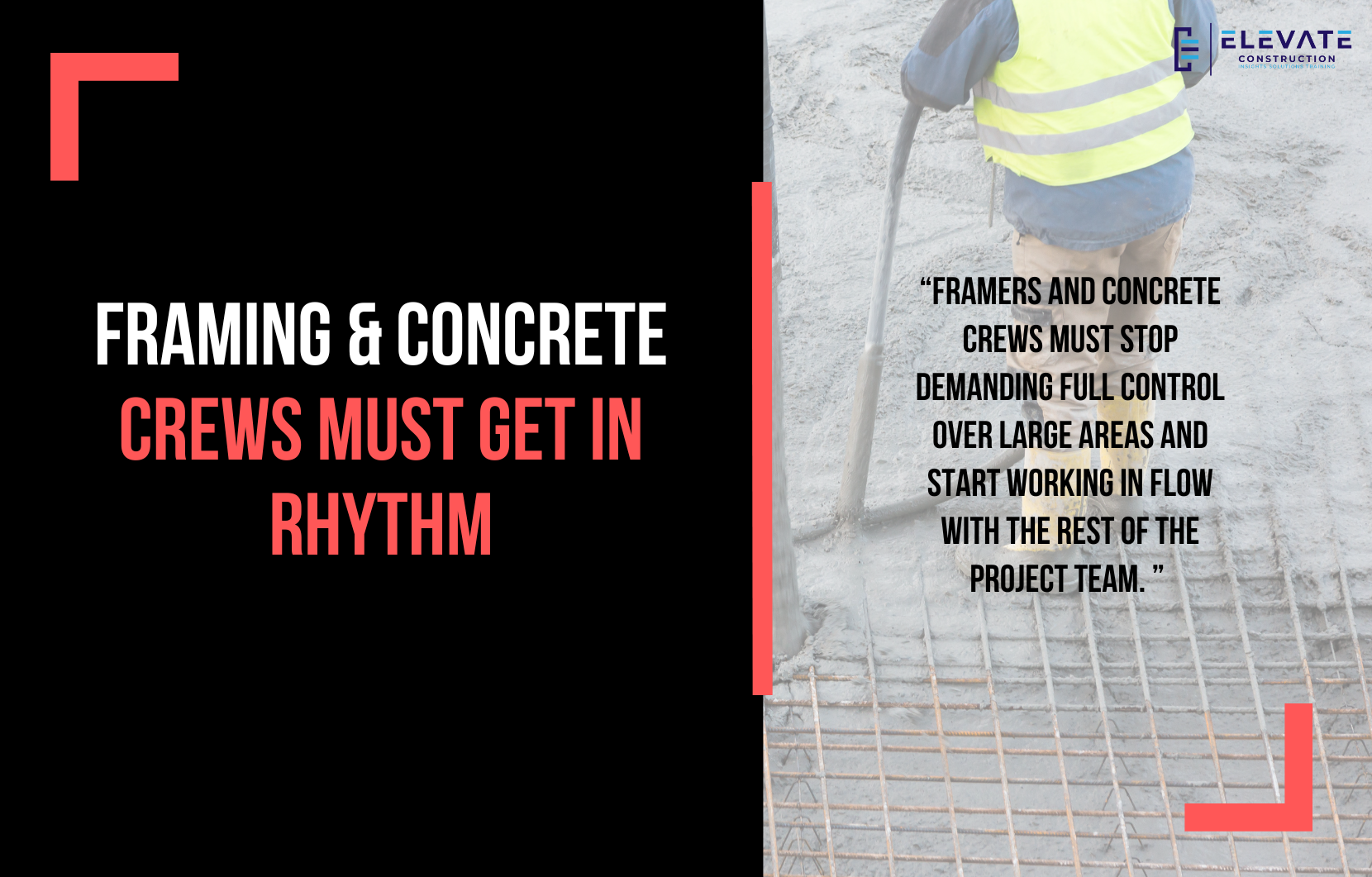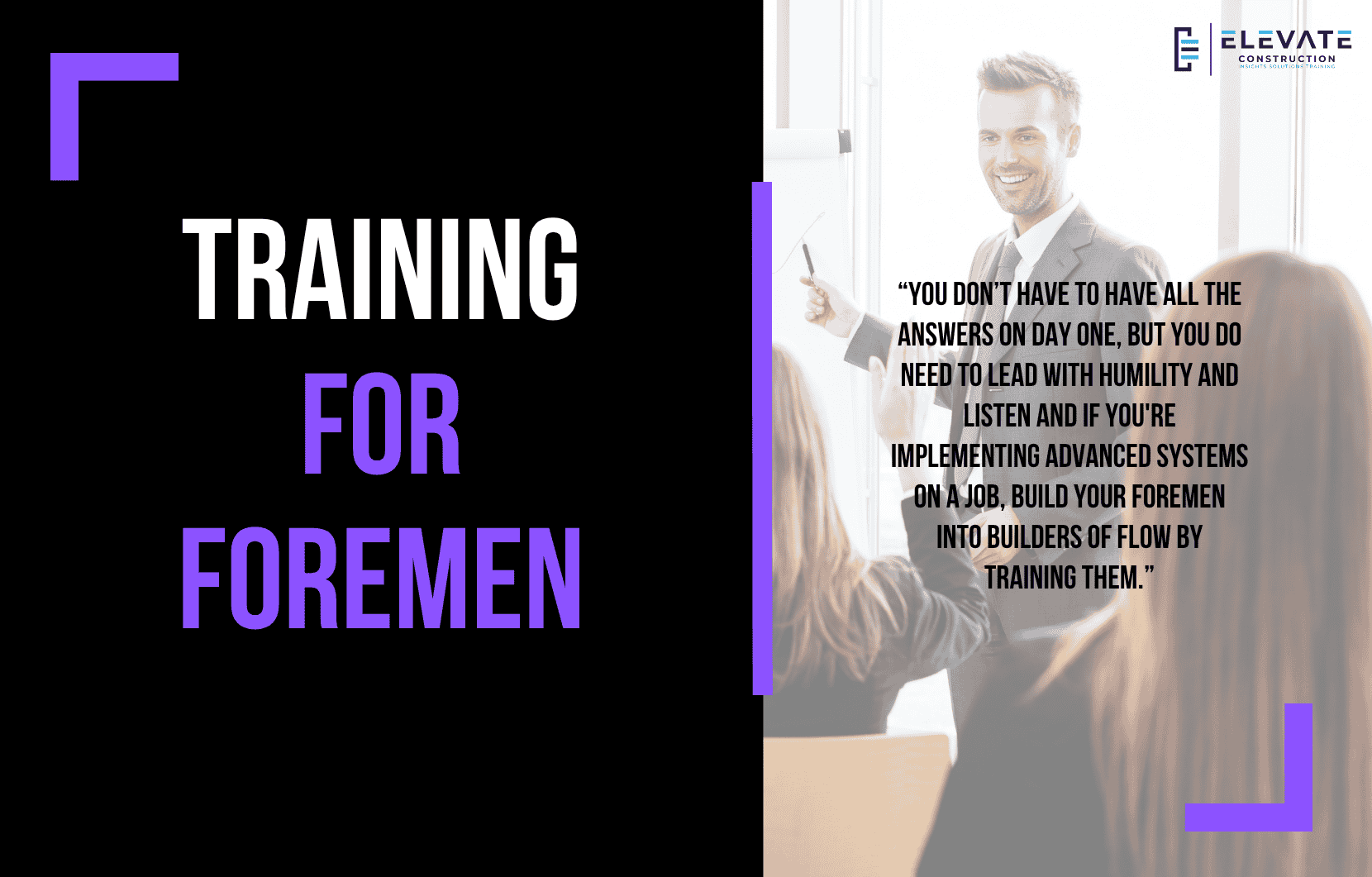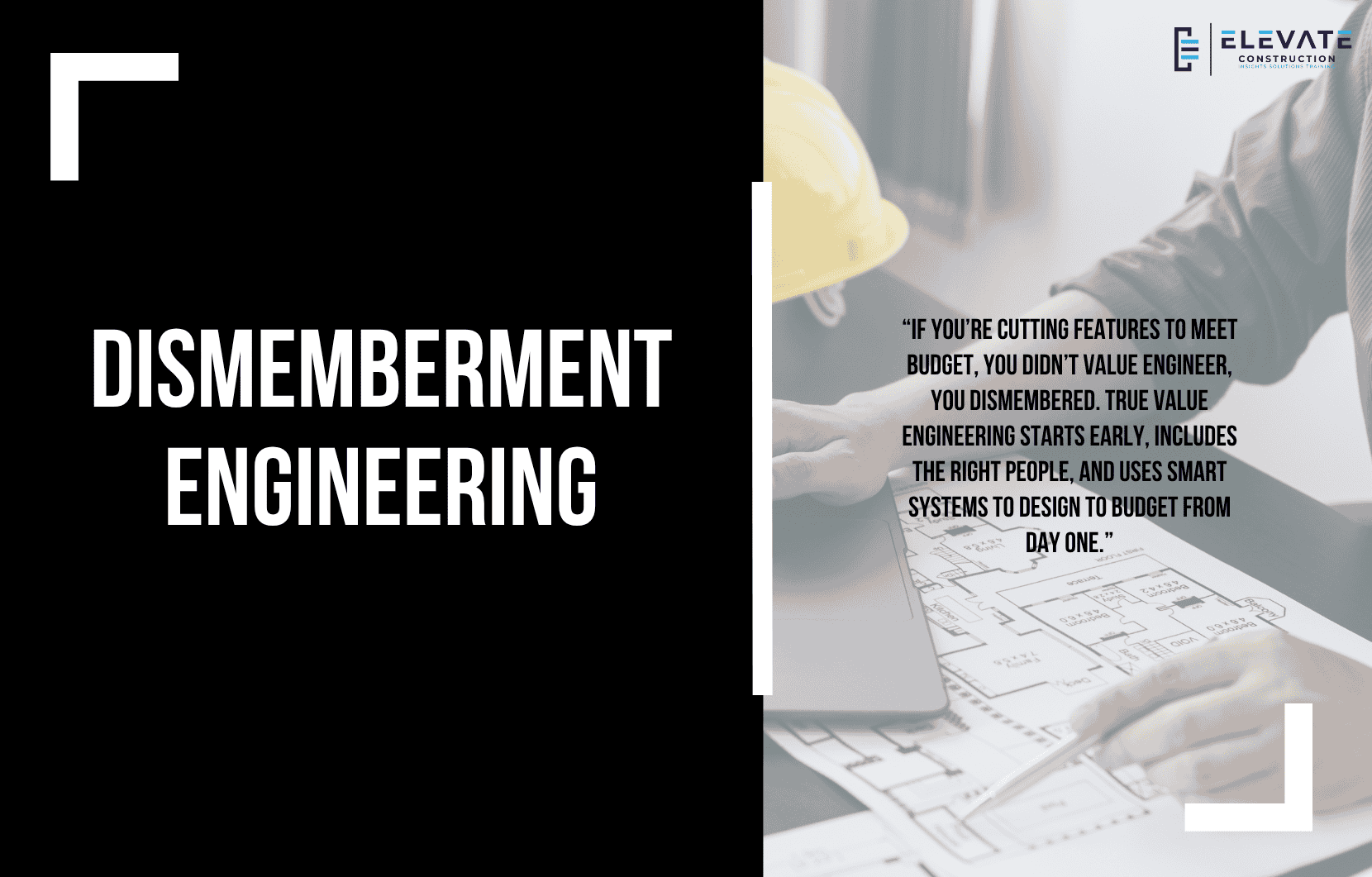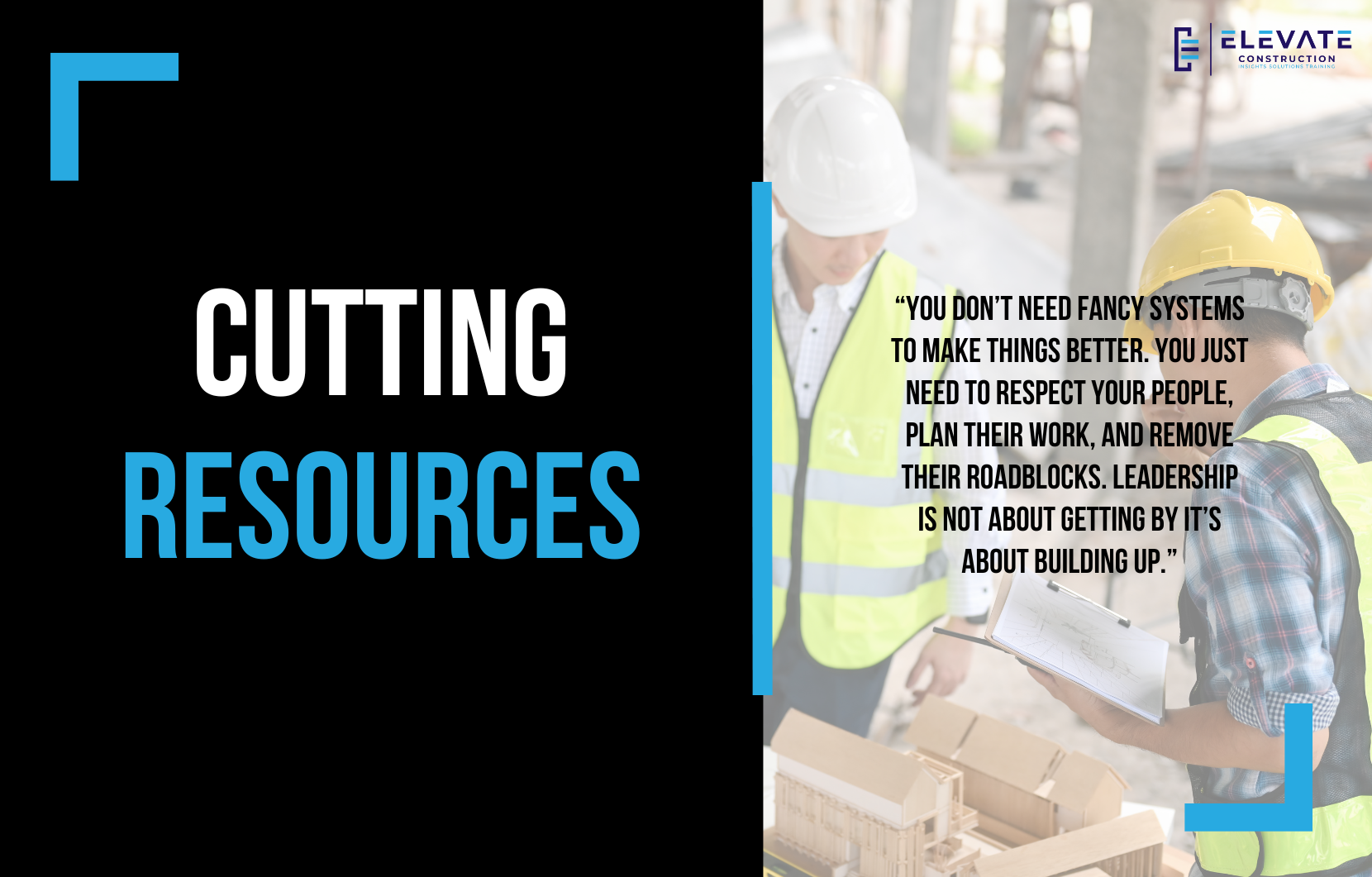Framers and Concrete Crews, It’s Time to Stop the Madness and Get in Flow
If you’ve worked on a construction site recently, there’s a good chance you’ve heard this from a framing or concrete crew:
“We need the whole floor.”
“We can’t break this up.”
“We have to take the entire zone.”
Let’s stop the madness:
This growing trend of trade partners especially framers and concrete contractors demanding full control over massive areas of the project is killing flow, crushing collaboration, and slowing everything down.
Here’s the truth, larger zones do not equal better productivity. Sure, it might seem more convenient for one trade, but it destroys efficiency at the project level. When one trade takes over massive areas, it stages in other trades’ work zones, blocks sequencing, and slows overall throughput.
We’ve seen it over and over again. A project starts picking up momentum teams are coordinated, logistics are tight, and flow is solid until the framing or concrete crew refuses to cooperate with the plan. And then the friction begins.
Case in point:
A hospital expansion we supported had a basement the size of three football fields. And the concrete super claimed there was no room to split the zone. Really? We’ve seen high-rises go up with tight alley access and downtown basements dug out in boxed-in urban spaces. Marine and space construction? They make it happen with no space. What’s stopping us? Mental laziness. Or worse, a refusal to adapt.
This isn’t an attack it’s a wake-up call. I love our trade partners. They carry these jobs across the finish line despite some ridiculous roadblocks from GCs. But this one’s on them, demanding full control of massive work areas is not a winning strategy.
Here’s what we need instead:
- Break large zones into manageable flow units.
- Let other trades start behind you with proper buffer.
- Get creative with layout, shoring, batching, and material flow.
- Stop seeing the whole site as your personal workspace.
- Collaborate like steel contractors do with plans, prefab, sequencing, and respect for flow.
This is about optimizing the whole project, not maximizing one trade’s comfort zone. We’re not building monuments to your scope we’re building together.
The challenge is simple,
Framers and concrete crews, it’s time to think like builders, not bulldozers. Let’s get in rhythm, respect the plan, and move the industry forward.
Key Takeaway
Framers and concrete crews must stop demanding full control over large areas and start working in flow with the rest of the project team. Smaller zones, strategic sequencing, and collaboration across trades will lead to faster, more efficient, and more successful projects.
If you want to learn more we have:
-Takt Virtual Training: (Click here)
-Check out our Youtube channel for more info: (Click here)
-Listen to the Elevate Construction podcast: (Click here)
-Check out our training programs and certifications: (Click here)
-The Takt Book: (Click here)
Discover Jason’s Expertise:
Meet Jason Schroeder, the driving force behind Elevate Construction IST. As the company’s owner and principal consultant, he’s dedicated to taking construction to new heights. With a wealth of industry experience, he’s crafted the Field Engineer Boot Camp and Superintendent Boot Camp – intensive training programs engineered to cultivate top-tier leaders capable of steering their teams towards success. Jason’s vision? To expand his training initiatives across the nation, empowering construction firms to soar to unprecedented levels of excellence.
On we go











